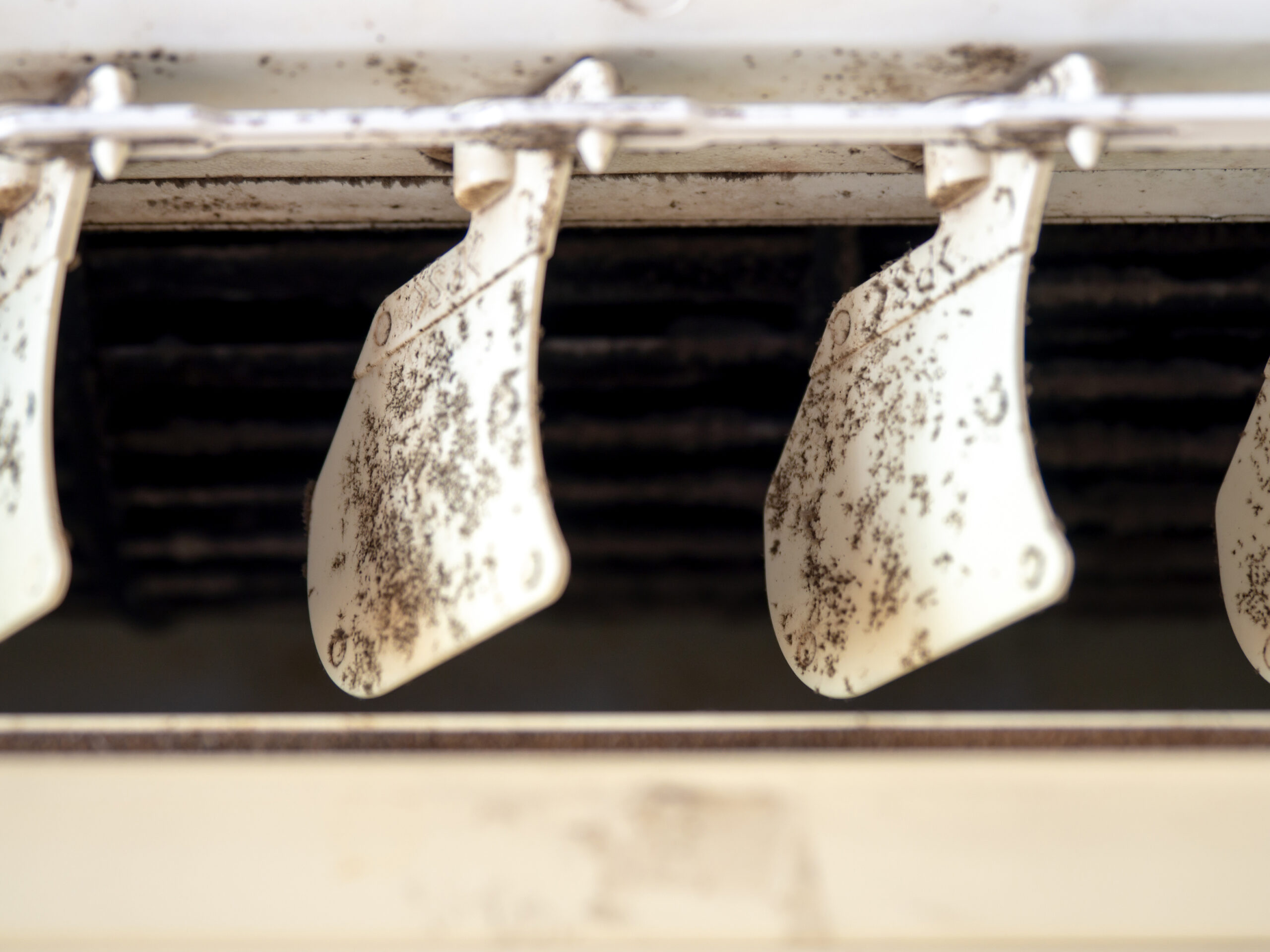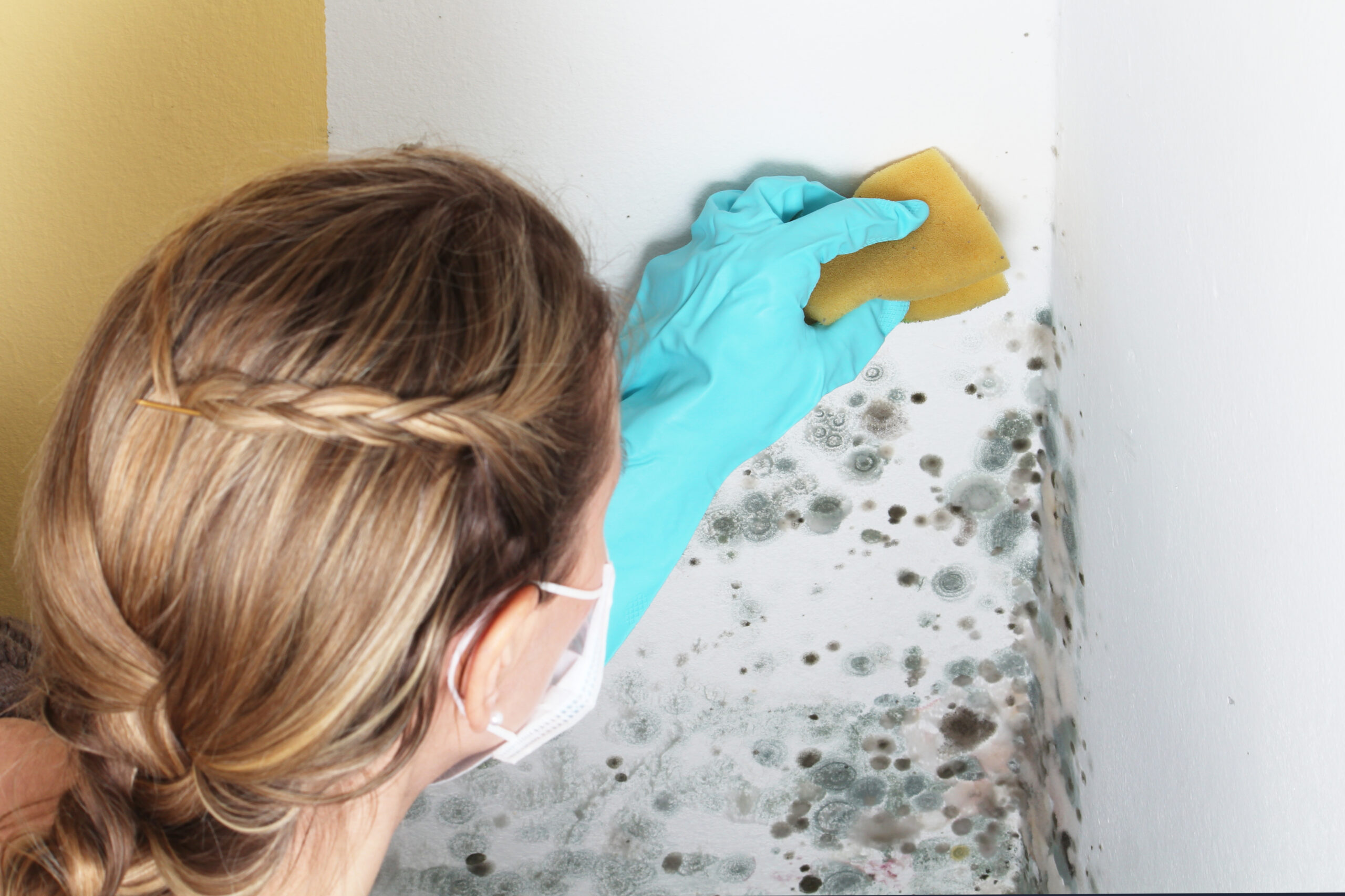One of the things Mold needs to grow is moisture. If you want to stop mold in your home, the most important thing you can do is control where moisture comes from.
Here’s Where Moisture Often Comes From & How to Prevent it!
Flooding
Flooding doesn’t just come from hurricanes or heavy storms—it can also happen when lakes or rivers overflow, or when appliances like washing machines, dishwashers, or water heaters break down and spill water indoors. Any standing water can seep into floors, walls, or carpets and create the perfect environment for mold to grow.
Tip:Always check for hidden water damage after a flood or appliance overflow—especially behind baseboards or under flooring.
Mold Risk:Very High– Mold can begin growing in as little as 24–48 hours in flooded areas.
Prevention:Dry out wet areas immediately using fans and dehumidifiers. Remove soaked materials that can’t be dried quickly.
Leaks
Leaky roofs, cracked windows, or dripping pipes under sinks and behind walls often go unnoticed for weeks or months. Even small leaks can cause big moisture problems if not fixed quickly.
Tip:Regularly inspect under sinks, around toilets, and in the attic after heavy rain.
Mold Risk:High– Small, long-term leaks can support hidden mold growth.
Prevention:Repair leaks as soon as they’re found and replace any water-damaged materials. Use a moisture meter if necessary.
Condensation
When warm, humid air inside your home hits a cold surface—like a window, mirror, or tile—it forms condensation. If that moisture isn’t dried, it can soak into wood, drywall, or window sills.
Tip:Use thermal curtains or double-pane windows to reduce temperature differences that cause condensation.
Mold Risk:Moderate to High– Repeated condensation creates mold-prone damp spots.
Prevention:Run exhaust fans, improve insulation, and wipe down wet surfaces regularly.
Humidity
Florida’s humid climate puts homes at constant risk. Add in hot showers, cooking, or drying clothes indoors, and you’ve got even more moisture trapped inside.
Tip:Use a hygrometer to track indoor humidity and keep it between 30–50%.
Mold Risk:Very High– High humidity creates an ideal environment for mold everywhere.
Prevention:Use dehumidifiers and ensure good airflow throughout your home.
Plumbing Issues
Burst pipes, clogged drains, and overflowing toilets can dump large amounts of water into walls, floors, or under cabinets. If not dried quickly, mold can take over.
Tip:Know where your water shut-off valve is so you can act fast in an emergency.
Mold Risk:Very High– Damp, enclosed spaces are mold’s favorite breeding ground.
Prevention:Address plumbing issues immediately and dry affected areas thoroughly. Consider waterproofing cabinets in high-risk areas.
Sprinklers
Outdoor sprinklers that hit your home can cause water to seep through walls or windows. Indoor sprinklers (like fire suppression systems) can also cause widespread water damage when triggered or leaking.
Tip:Adjust sprinklers so they water only the lawn—not your house.
Mold Risk:Moderate to High– Repeated moisture exposure to exterior walls can lead to mold inside.
Prevention:Direct water away from your home, and inspect exterior walls and siding for damage or leaks.
Household Habits
Drying wet clothes indoors, humidifiers, or overwatering plants can raise indoor moisture levels.
Tip:Water houseplants only when needed and place trays under them to catch spills.
Mold Risk:Moderate– Habitual moisture raises mold potential over time.
Prevention:Ventilate often, dry clothes outdoors or use a dryer, and limit humidifier use unless medically necessary.
Steam
Steam from showers or stovetops adds invisible moisture into the air. Without proper ventilation, it settles onto ceilings and walls—especially in bathrooms and kitchens.
Tip:Run the bathroom fan during and after showers, and keep a window open when cooking.
Mold Risk:High– Condensed steam is a major mold trigger in humid spaces.
Prevention:Use exhaust fans, open windows, and leave shower doors or curtains open to air out after use.
Everyday Moisture
Moisture from breathing, sweating, or wet hair may seem minor—but in tight or poorly ventilated rooms, it adds up fast.
Tip:Avoid going to bed with wet hair, and don’t let damp towels pile up.
Mold Risk:Low to Moderate– Over time, trapped moisture can create pockets of mold.
Prevention:Air out bedrooms and bathrooms daily and avoid letting fabrics stay damp for long.
If you control moisture, you control mold. If you see mold in your home or if moisture has become an issue that you can’t handle, give MOLD ZERO a call (727) 900-7202 or reach out to us online.




